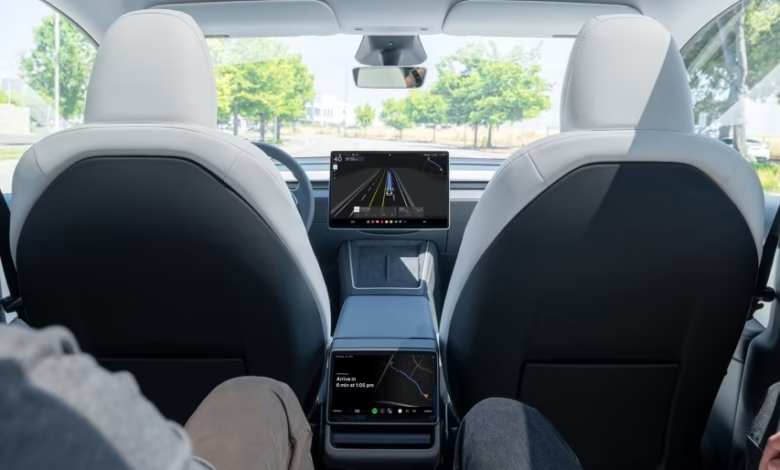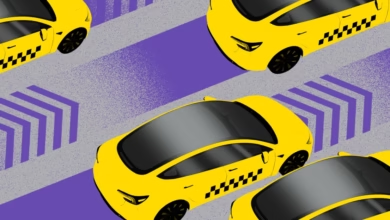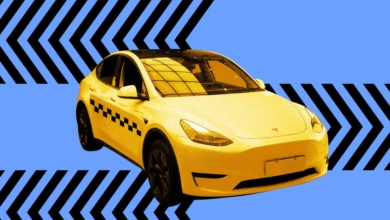Tesla Robotaxi Launches in Austin: Promises and Questions

▼ Summary
– Tesla has launched driverless Model Y rides in Austin, marking a milestone after years of promises, with a flat fee of $4.20 per ride.
– The service uses a camera-and-AI-only approach, differing from competitors like Waymo, and includes a Tesla employee as a safety monitor.
– Early access was given to vetted customers, many of whom are Tesla supporters, with rides available daily from 6 a.m. to midnight, weather permitting.
– Tesla has been secretive about details, blocking public records requests and relying on supporters to share information about the rollout.
– The initial fleet consists of about 10 Model Y SUVs in South Austin, with reports of minor operational issues like sudden braking near police vehicles.
Tesla’s highly anticipated robotaxi service has officially launched in Austin, marking a pivotal moment for the company’s autonomous driving ambitions. A decade after Elon Musk first promised self-driving taxis, select customers are now experiencing rides in modified Model Y SUVs equipped with Tesla’s latest Full Self-Driving technology. The service, operating under tight restrictions, represents a bold departure from industry norms by relying solely on cameras and AI, a strategy that sets it apart from competitors like Waymo.
Social media buzzed over the weekend as early-access users shared videos of their rides, confirming the long-awaited rollout. Invitations were sent to vetted customers, many of whom appear to be vocal Tesla supporters on Musk’s X platform. The service charges a flat fee of $4.20 per ride, though the exact reasoning behind this pricing remains unclear.
According to Tesla’s website, the robotaxis will run daily from 6:00 a.m. to midnight, with operations potentially suspended during bad weather. Notably, each vehicle includes a Tesla employee in the front passenger seat acting as a safety monitor, a precaution that raises questions about the system’s true autonomy. The company has yet to clarify whether these monitors can override the AI in emergencies or if their role is purely observational.
The initial fleet consists of roughly 10 Model Y SUVs, confined to a small section of South Austin. Independent observers, including industry analyst Ed Niedermeyer, spotted these vehicles at what appears to be a staging area near Oltorf Street. Some early test rides reportedly experienced abrupt braking incidents, though it’s uncertain whether these were triggered by nearby police vehicles or other factors.
Tesla has been unusually secretive about the project, even attempting to block public records requests from media outlets. Legal filings reveal the company cited trade secrets as justification for withholding details from state and city authorities. This lack of transparency contrasts sharply with competitors like Waymo, which publishes extensive safety reports and operational data.
One standout feature is Tesla’s decision not to activate in-cabin cameras by default, reserving them for emergencies or rider assistance. The company also warns users against posting rule-breaking content—such as smoking or illegal activities, on social media, threatening account suspension for violations.
While Musk and Tesla executives celebrated the launch as a milestone, early reports suggest the system isn’t flawless. At least one rider required remote assistance during their trip, though they later described the overall experience as smooth.
For now, the Austin rollout remains a limited experiment, far from the futuristic “Cybercab” vision Musk unveiled last year. Whether Tesla can scale this service safely, and without human oversight, will determine its place in the competitive autonomous vehicle landscape.
(Source: TechCrunch)

